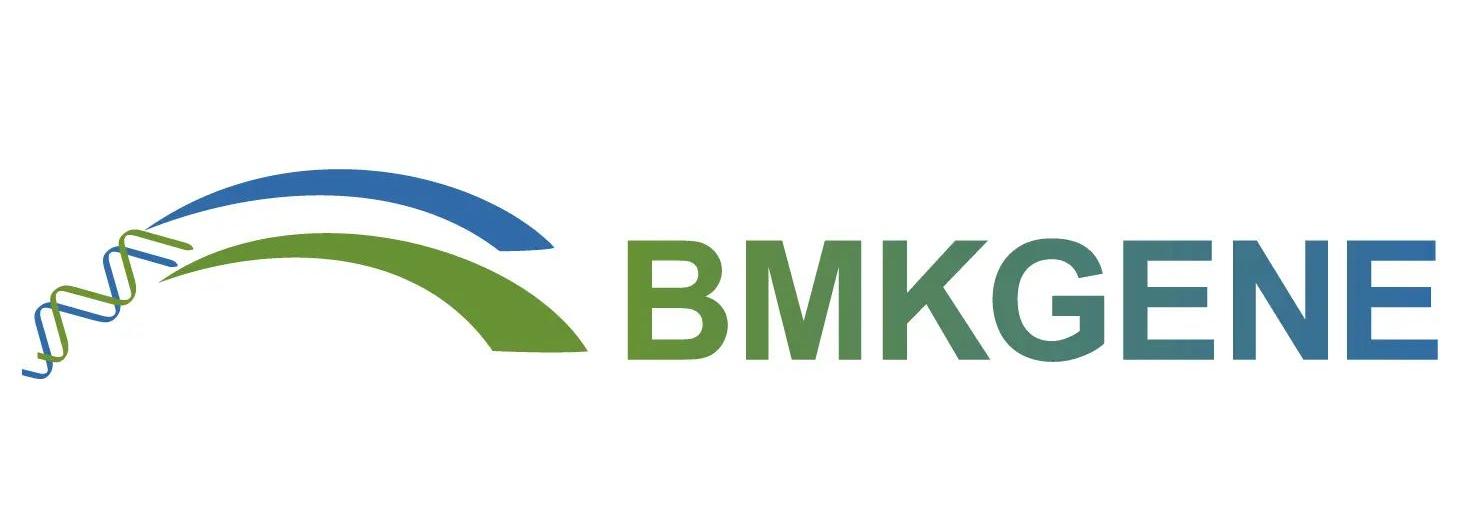
Highlights
In this two-hour webinar, it's our great honour to have invited six experts in crop genomics arena. Our speakers will give an in-depth interpretation on two Rye genomic studies, which were just recently published on Nature Genetics :
1. Chromosome-scale genome assembly provides insights into rye biology, evolution, and agronomic potential
2. A high-quality genome assembly highlights rye genomic characteristics and agronomically important genes
Also, we are glad to have Senior R&D Scientist of Biomarker Technologies to share his experience in de novo genome assembly.
Agenda
09:00am CET
Welcoming Remarks

Zheng Hong-kun
Founder & CEO Biomarker Technologies

Deng Xing-wang
President, School of Advanced Agricultural Sciences Peking University
09:15am
Enhancing rye, triticale and wheat improvement through using high-quality reference genome sequence

In this webinar, Prof. Wang gave us an overall updates on current status of triticeae genomic research and demonstrated the success and break-throughs of the two outstanding work on Rye genome studies, which were just recently published on Nature Genetics and introduce the whole research groups leading and contributing in the works.
09:25am
Cereal genomics @ IPK Gatersleben

Cereal grasses of Triticeae tribe have been a major food source in temperate regions, which has long been regarded as a hotspot in crop improvement and breeding. Among all cultivated species, this tribe is famous for their extremely complex genomic features including large genome sizes, high content of TEs, polyploidy, etc. In this session, Prof. Nils Stein gave us an overall introduction on IPK Gatersleben and current status of cereal genomic research@IPK Gatersleben.
09:35am
Chromosome-scale genome assembly provides insights into rye biology, evolution, and agronomic potential

Dr. M Timothy Rabanus-Wallace, Leibniz Institute of Plant Genetics and Crop Plan Research(IPK) Rye (Secale cereale L.) is an exceptionally climate-resilient cereal crop, used extensively to produce improved wheat varieties via introgressive hybridisation, and possessing the entire repertoire of genes necessary to enable hybrid breeding. Rye is allogamous and only recently domesticated, which gives cultivated ryes access to a diverse and exploitable wild gene pool. To further enhance rye’s agronomic potential, we produced a chromosome-scale annotated assembly of the 7.9 Mbp rye genome, and extensively validated its quality using a suite of molecular genetic resources. We demonstrate applications of this resource with a broad range of investigations. We present findings on cultivated rye’s incomplete genetic isolation from wild relatives, mechanisms of genome structural evolution, pathogen resistance, low temperature tolerance, fertility control systems for hybrid breeding, and the yield benefits of rye-wheat introgressions.
10:05am
A high-quality genome assembly highlights rye genomic characteristics and agronomically important genes

Rye is a valuable food and forage crop, an important genetic resource for wheat and triticale improvement, and an indispensable material for efficient comparative genomics studies in grasses. Here, we sequenced the genome of Weining rye, an elite Chinese rye variety. The assembled contigs (7.74 Gb) accounted for 98.47% of the estimated genome size (7.86 Gb), with 93.67% of the contigs (7.25 Gb) assigned to seven chromosomes. Repetitive elements constituted 90.31% of the assembled genome. Compared to previously sequenced Triticeae genomes, Daniela, Sumaya and Sumana retrotransposons showed strong expansion in rye. Further analyses of Weining assembly shed new light on genome-wide gene duplications and their impact on starch biosynthesis genes, physical organizations of complex prolamin loci, gene expression features underlying early heading trait, and putative domestication-associated chromosomal regions and loci in rye. This genome sequence promises to accelerate the genomics and breeding studies of rye and related cereal crops.
10:35am
Challenges, solutions and future for genome de novo assembly

Genome of high quality is the basis of genomic study. Although the rapid development in sequencing and algorithm has empowered a much simpler and more efficient genome assembly, the requirements in assembly accuracy and completeness is also rising with the deepening of research goals. In this talk I will discuss the current popular technologies in genome assembly with several successful cases and take a glimpse of the future development.
Post time: Jan-08-2022

